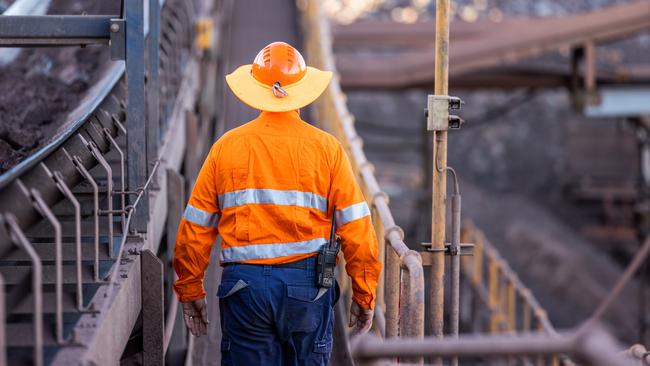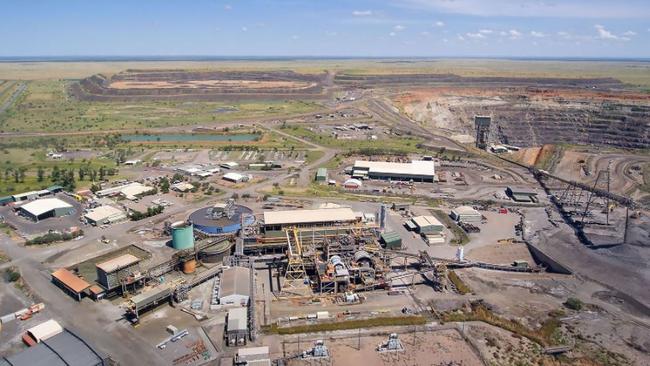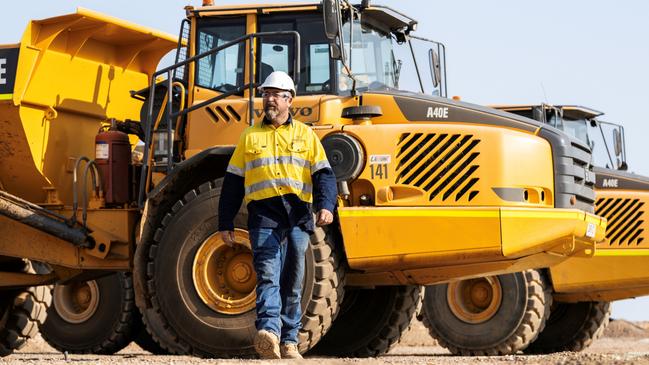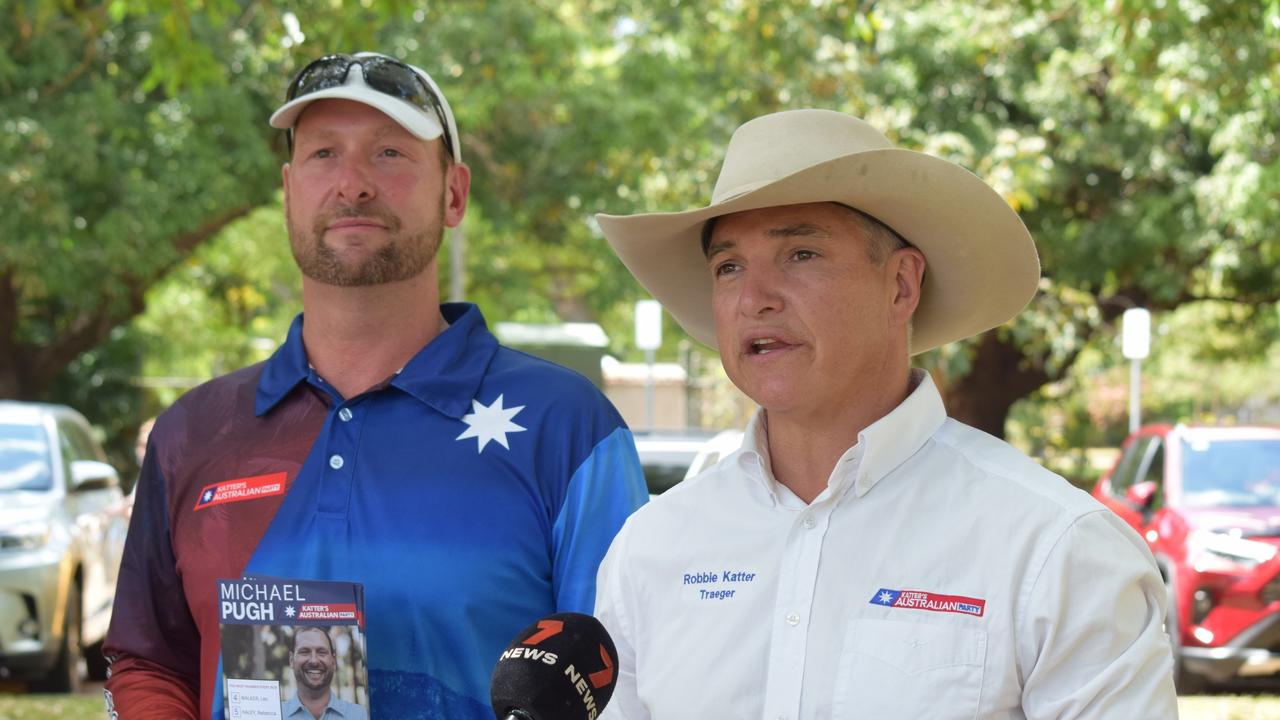Copper, zinc and nickel added to Federal Government list
Copper, zinc and nickel are among the minerals added to a new strategic minerals list, as the world further transitions to renewable energy technology.

News
Don't miss out on the headlines from News. Followed categories will be added to My News.
The Federal Government now considers copper, zinc, nickel and aluminium to be among the minerals that it considers to be of strategic importance.
And it considers these resources to have increased in importance as the world transitions to renewable energy and cuts to emissions.
Yet the timing of the release of its updated critical and strategic minerals during the holiday season “sends the wrong signals” to investors, according to Shadow Resources Minister Susan McDonald.
The Federal Government recently announced that it would expand its critical minerals list to 30, which would include fluorine, molybdenum, arsenic, selenium and tellurium, and would remove helium.
The critical minerals are those that are considered vital to modern technologies, the economy or to national security, and were resources that Australia could provide to its international allies.

The strategic materials list had six resources such as copper and zinc, and were still considered important to an international market, but their supply chains were not threatened, and they had a clearer transparency in market value.
Resources Minister Madeleine King said a feasibility study into strategic and critical mineral hubs will explore how federal and state governments could improve resource rich areas that were likely to have disruptions in supply chains.
“These minerals are critical to the greening of our economy and the defence of Australia and our allies,” Ms King said.

“The Critical Minerals List and Strategic Materials List will be updated on an as-needed basis, as economic and geostrategic dynamics evolve.
“Australian copper, nickel, aluminium, phosphorous, tin and zinc will be vital to the world’s energy transition, which is why for the first time ever we have articulated their economic and strategic importance by creating the new Strategic Materials List,” Ms King said.
Ms McDonald said the coalition had urged the government to recognise the importance of copper, nickel, aluminium and zinc by including it to the list, and it was “refreshing” to see such advice being taken.
She said that more reform in the minerals sector was necessary and was not happening fast enough.
“If we miss the window to attract investment now, it will be too late once those investors are already committed for decades in other countries,” Ms McDonald said.
“Australia has to keep itself competitive in the global minerals market, but burying their announcement six-months late on a Saturday a week before Christmas sends the wrong signals to the industry and investors.”
More Coverage
Originally published as Copper, zinc and nickel added to Federal Government list





